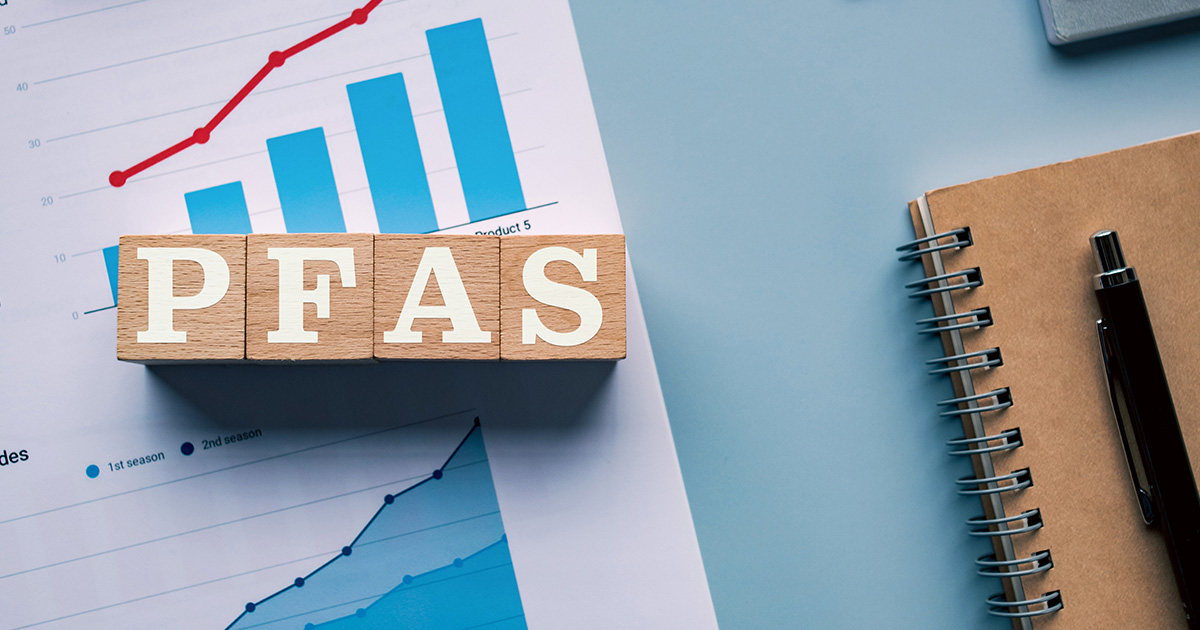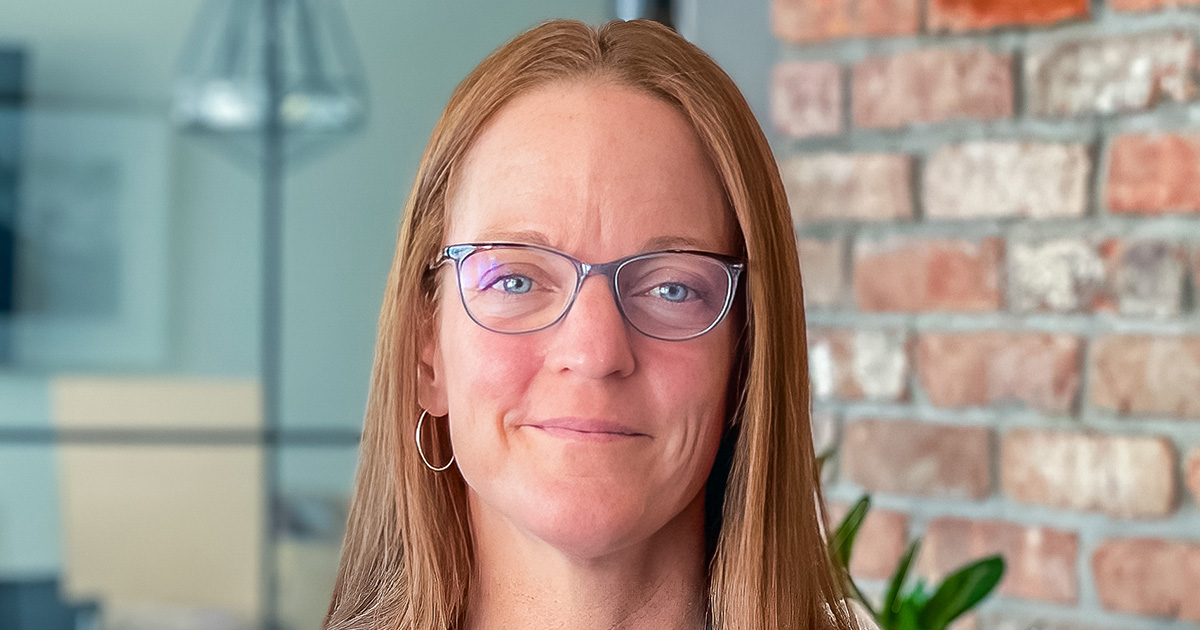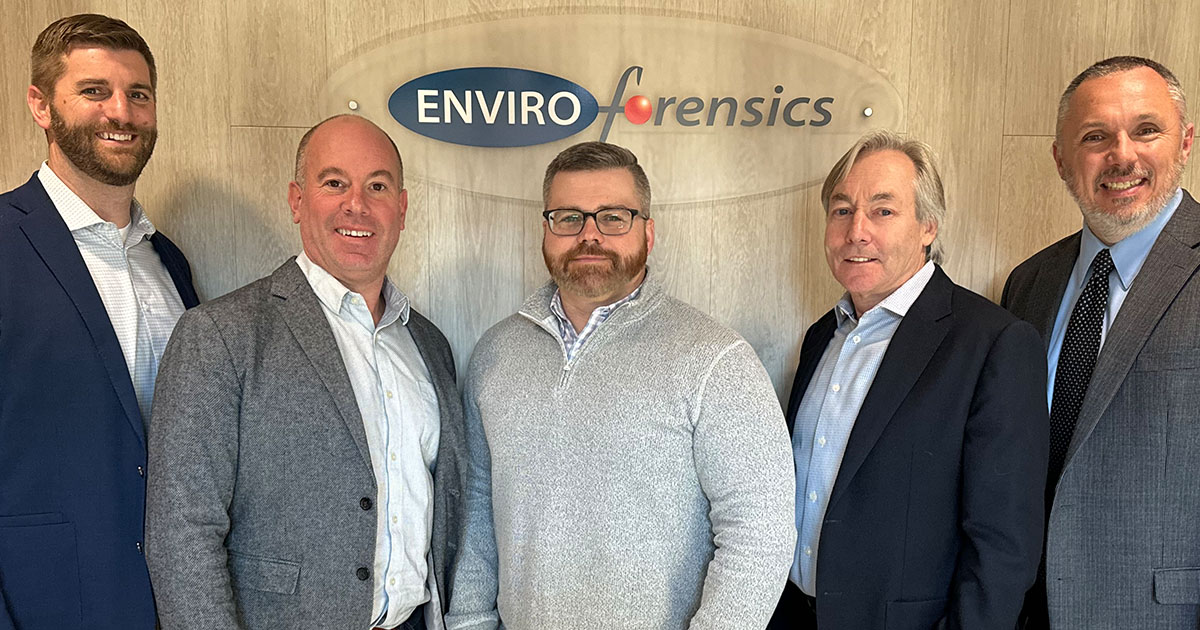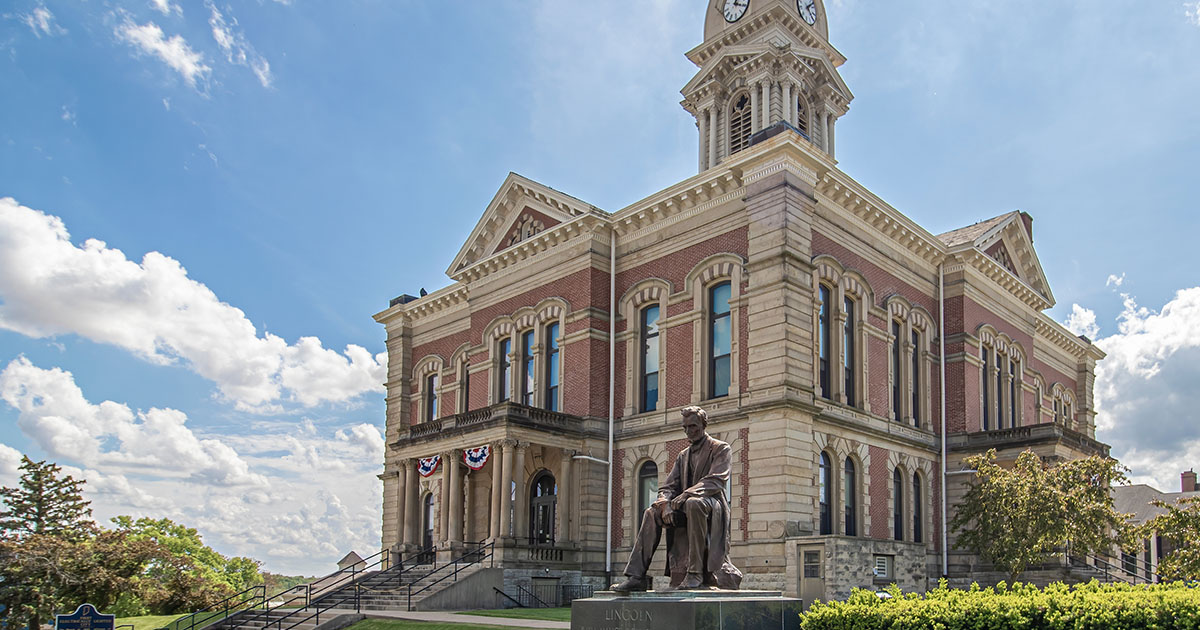Written by Stephen R. Henshaw, P.G., President & CEO, EnviroForensics
As seen in the April 2013 issue of Cleaner & Launderer
The question is often posed, “How much will it cost to clean up contamination at a drycleaner?” Invariably the answer is, it depends. Factors that come into play include, but are not limited to, the concentration of VOCs present in the subsurface, whether or not the groundwater is impacted, the depth to groundwater, how far the contamination has spread, whether the cleanup will be focused on residential or commercial land use, and the type of geology and stratigraphy underlying the site. This article focuses on how clayey soils affect cleanup considerations.
Clay is a naturally occurring material composed of very fine-grained particles. Clayey soil is a term used for soils containing at least 30% clay. When clay comes in contact with liquids, it swells and becomes plastic. When it dries out it shrinks and cracks. Clay is very porous and can hold liquids (e.g. water) between the fine-grained particles, but it is not very permeable, meaning liquids won’t move through the material rapidly. Clayey soils can hold water and moisture, but water does not move through it very fast. Likewise, air doesn’t move through clayey soils very well.
When clayey soils are encountered at a site, they often times retard or slow down the contaminant from migrating very far from the source area. The contamination, such as perchloroethylene (Perc) tends to get stuck in the clay. Removing the contamination from a clay rich environment is very difficult. In summary, clayey soils have a low permeability and they do not allow air or water to move through the soil matrix very readily.
If the goal is to remediate contaminated soil beneath the dry cleaner and that soil is clayey, traditional vacuum extraction technology will not be very effective. The clays will be very tight and just like sucking through a straw when drinking a thick milkshake, it takes a lot of vacuum to pull the air through the fine grained clays. In clayey soils the radius of influence (the distance from the extraction well to the area that it influences) is small, sometimes just a few feet from the borehole.
Likewise, remediating groundwater in clayey soils is difficult. If the approach is to inject material (e,g, ozone, peroxide, proteins, microbes, or other sugar substrates) into the substrata, the clayey soils will not allow the injected material to penetrate into the soil matrix very readily, making it difficult to get the material to come into contact with the contaminated groundwater.
Because the traditional approaches of removing air from the unsaturated zone or injecting material into the groundwater matrix do not work well in clayey soils, alternative approaches must be taken.
One of the approaches that must be evaluated is to essentially leave the material in place monitor the soil, groundwater and soil gas (also indoor air) to determine whether the contamination poses a risk to human health or the environment. The problem with this long term monitoring approach is primarily that the contamination doesn’t generally breakdown in clayey soils very fast. As such, it would not be unrealistic to have to monitor a site for decades to ensure that the contamination will not pose a risk.
Often times, the easiest and most cost effective remedial approach is to physically excavate and remove the contaminated soil and dispose of the soil in an authorized landfill. While the capital costs are high, the mass of contamination can be removed and it will not persist in the environment for years to come. Of course geotechnical surveys should be conducted to determine how such an excavation could affect the building integrity and a plan must be developed to take into account the structural issues of the building.
The problem comes when the contamination is under a building, which of course is a common situation when dealing with drycleaner sites. When a dry cleaner or other business is operating at a location, it is difficult to shut the business down, remove equipment, and excavate soils. We have successfully done just that and while the process was not easy, it was by far the best remedial solution in the long run. Typically, soils can be removed in a small area in less than a week. We have completed excavation activities over long holiday weekends, during changes in tenants, and even while the business remained open and the business subcontracted the cleaning to another cleaner for that week period.
Another remedial technology that is gaining favor is soil fracturing. When clayey soils dry out, they tend to shrink and crack. Hydraulic soil fracturing is the process of injecting thin jets of high-pressure water into the clayey formation at different depths and locations. The goal is to create cracks and fissures in the soil that are then filled with a fine sand mixture. The fine sand keeps the cracks and fissures open and because it is permeable, allows air and groundwater to move through the matrix. The soil fracturing is followed up with a common, proven remedial technology such as vacuum extraction or in-situ injection. The follow-up technology can now achieve the goal of removing contaminant mass from the matrix or allowing a material to come into contact with contaminated groundwater. Note that if the clayey soil has too much plasticity and is too wet, soil fracturing will not be very successful. This is because the plastic clayey soil will not crack and instead will swell negating the ability to fill void spaces with the fine permeable sand mixture.
Another remedial technology that has a lot of pluses is thermal remedial technology. While the capital costs to implement and conduct thermal technology are steep, the site can literally be remediated and site closure can be obtained within one to two years. Thermal remediation has a few different technologies under the same overall terminology, but essentially an electrical current is applied from probes drilled into the soil and groundwater matrix. Heat is generated that drives the volatile organics off of the soil particles where they are routed to extraction wells where a vacuum pulls out of the soil gas or the contaminated groundwater. This approach works very well in areas where there are no people, but because an electrical current is used to generate the heat that drives the contaminants off the soil and groundwater matrix, there may be too great a health risk to employ this technology at active dry cleaning sites.
In summary, clayey soils are not very permeable and they do not allow for the movement of air or groundwater through them very readily. Leaving contamination in a clayey soil will likely result in the contamination persisting for a very long period of time with little degradation and breakdown. The long-term costs to monitor contamination in a clayey soil could be very significant. Soil excavation, while expensive with respect to upfront costs, will result in the removal of significant contaminant mass and result in a shorter site post remediation monitoring period and ultimately in achieving site closure in “reasonable” time frame.
Soil fracturing, is an old technology that is gaining attention as a means of creating cracks and fissures, which result in more void space in clayey materials. The cracks and fissures are filled with a fine sand mixture to keep the cracks open and to allow for greater permeability.
When weighing out the benefits of remediating clayey soils, one needs to think about how to best remove contaminant mass in the shortest time.



